Why Understanding Diseases and Immunity Matters
Picture this: you wake up feeling perfectly fine, but by lunchtime, you’re sneezing, your throat feels scratchy, and you’re reaching for tissues. What’s happening inside your body right now is nothing short of a biological war – microscopic invaders are trying to make you their home, while your immune system launches a sophisticated defense strategy that would make any military general proud.
Understanding diseases and immunity isn’t just about passing your IGCSE Biology exam (though it’ll definitely help with that!). It’s about understanding the incredible biological processes happening inside you every single day, and why simple actions like washing your hands or getting vaccinated can literally save lives.
In this comprehensive guide, we’ll explore Topic 10 of your Cambridge IGCSE Biology 0610 syllabus, breaking down everything from the tiniest pathogens to the most complex immune responses. By the end, you’ll not only ace your exams but also appreciate the remarkable biological machinery that keeps you healthy.
What Are Diseases? The Biological Troublemakers
Defining Disease
A disease is essentially a condition that impairs the normal functioning of a living organism. Think of your body as a well-orchestrated symphony – disease is when some instruments start playing out of tune, disrupting the entire performance.
Diseases can be broadly categorized into two main types:
1. Infectious Diseases
- Caused by pathogens (disease-causing organisms)
- Can spread from person to person
- Examples: flu, malaria, tuberculosis
2. Non-infectious Diseases
- Not caused by pathogens
- Cannot spread between people
- Examples: diabetes, heart disease, genetic disorders
Meet the Pathogens: The Microscopic Villains
Pathogens are like uninvited guests at a party – they show up, cause chaos, and multiply rapidly. Let’s meet the main culprits:
Bacteria
- Single-celled prokaryotic organisms
- Reproduce by binary fission (splitting in two)
- Examples: Salmonella (food poisoning), Mycobacterium tuberculosis (TB)
- Size: typically 0.1-5.0 micrometers
Viruses
- Not technically alive (no cellular structure)
- Require host cells to reproduce
- Much smaller than bacteria
- Examples: influenza virus, HIV, COVID-19
- Size: typically 20-400 nanometers
Fungi
- Can be single-celled (yeasts) or multicellular (molds)
- Have cell walls made of chitin
- Examples: Candida albicans (thrush), athlete’s foot fungus
- Reproduce by spores
Protists
- Single-celled eukaryotic organisms
- Often transmitted by vectors (carriers)
- Examples: Plasmodium (malaria), Entamoeba (dysentery)
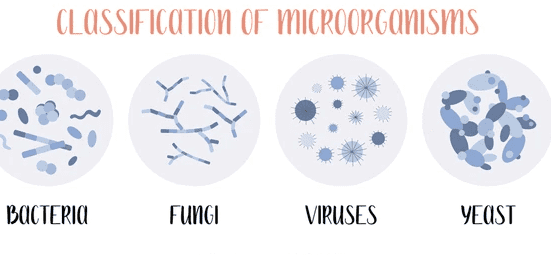
How Diseases Spread: The Transmission Highway
Understanding how diseases spread is crucial for prevention. Think of disease transmission like different types of roads that pathogens use to travel from one host to another.
Direct Transmission Methods
Physical Contact
- Touching infected surfaces then touching face
- Skin-to-skin contact
- Examples: common cold, skin infections
Droplet Transmission
- Coughing, sneezing, talking
- Droplets travel short distances (usually less than 1 meter)
- Examples: flu, COVID-19, tuberculosis
Sexual Contact
- Exchange of body fluids during intimate contact
- Examples: HIV, syphilis, gonorrhea
Indirect Transmission Methods
Vector-borne Transmission
- Disease carried by another organism (vector)
- Vector doesn’t get sick but transfers pathogen
- Examples: mosquitoes carrying malaria, ticks carrying Lyme disease
Food and Water-borne
- Contaminated food or water sources
- Poor hygiene and sanitation
- Examples: cholera, salmonella poisoning
Airborne Transmission
- Pathogens survive in air for extended periods
- Can travel long distances
- Examples: tuberculosis, measles
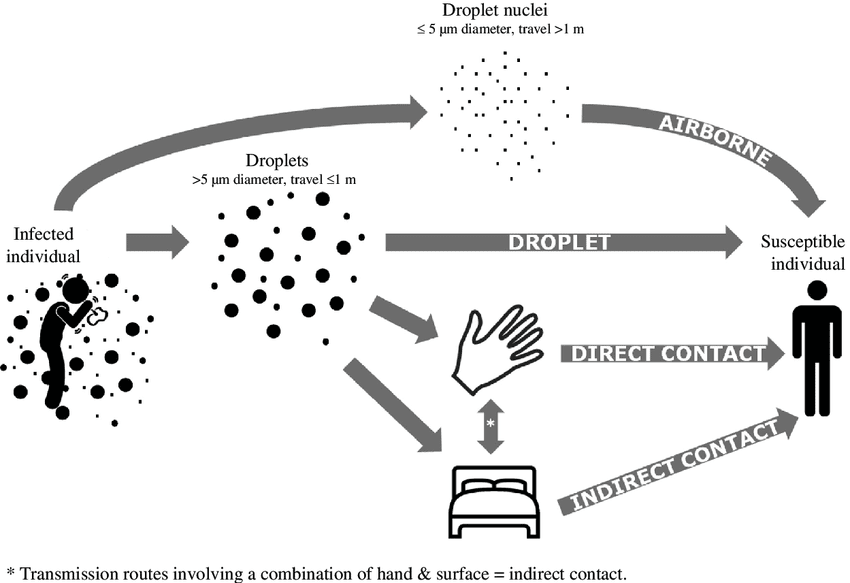
The Immune System: Your Body’s Defense Force
Imagine your body as a fortress under siege. The immune system is your multi-layered defense strategy, complete with early warning systems, rapid response teams, and elite special forces.
First Line of Defense: The Physical Barriers
These are your body’s equivalent of castle walls – they keep most invaders out before they can cause trouble.
Skin
- Tough, waterproof barrier
- Slightly acidic (pH 5.5) – hostile to many pathogens
- Continuous shedding removes potential invaders
- Sebaceous glands produce antimicrobial substances
Mucous Membranes
- Line respiratory, digestive, and reproductive tracts
- Produce sticky mucus that traps pathogens
- Contain antimicrobial enzymes
Additional Chemical Barriers
- Stomach acid (pH 1.5-2.0) kills most bacteria
- Tears contain lysozyme enzyme
- Saliva has antimicrobial properties
- Sweat creates unfavorable environment for pathogens
Second Line of Defense: The Innate Immune Response
When pathogens breach the first line, your body launches an immediate, non-specific response.
White Blood Cells (Leukocytes)
Think of white blood cells as your body’s security force, each type with specialized roles:
Neutrophils
- First responders to infection sites
- Perform phagocytosis (engulfing and destroying pathogens)
- Make up 50-70% of white blood cells
- Short lifespan (1-2 days)
Macrophages
- Large phagocytic cells
- “Big eaters” that clean up debris and dead cells
- Present antigens to other immune cells
- Can live for months
Natural Killer (NK) Cells
- Destroy virus-infected cells
- Recognize abnormal cells
- Part of innate immunity
The Inflammatory Response
When tissues are damaged or infected, inflammation occurs:
- Vasodilation – blood vessels widen
- Increased permeability – allows immune cells to enter tissues
- Chemical signals attract more immune cells
- Result: redness, swelling, heat, pain
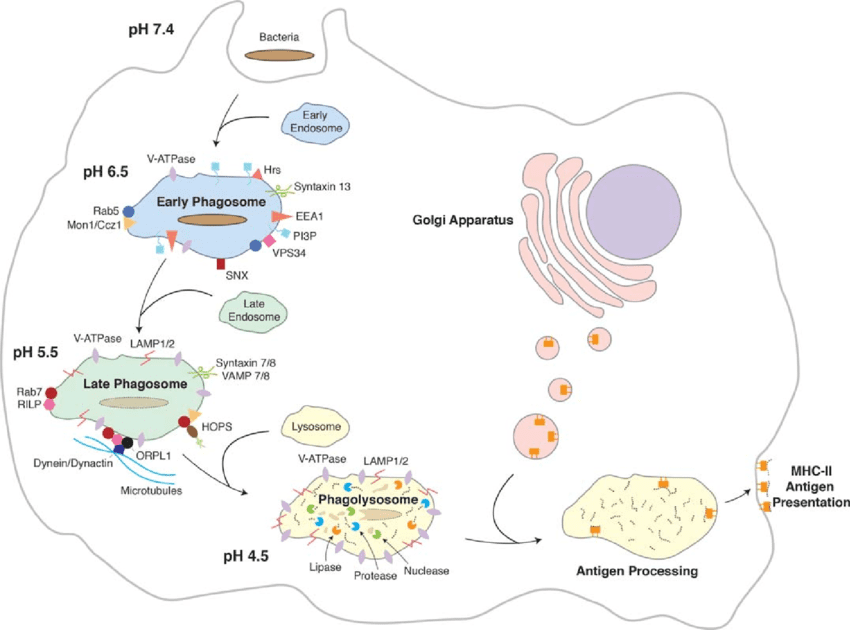
Third Line of Defense: The Adaptive Immune Response
This is your body’s elite special forces – highly specific, with perfect memory and devastating efficiency.
Lymphocytes: The Elite Units
B Lymphocytes (B Cells)
- Produce antibodies
- Each B cell makes one specific antibody type
- Memory B cells remember previous infections
- Plasma cells are antibody factories
T Lymphocytes (T Cells)
- Helper T Cells: coordinate immune response
- Cytotoxic T Cells: directly kill infected cells
- Memory T Cells: provide long-term immunity
Antibodies: The Guided Missiles
Antibodies are Y-shaped proteins that bind specifically to antigens (foreign substances). Think of them as guided missiles programmed to seek and destroy specific targets.
Antibody Structure:
- Variable region: binds to specific antigen
- Constant region: determines antibody function
- Made of light and heavy protein chains
How Antibodies Work:
- Neutralization: Block pathogen activity
- Agglutination: Clump pathogens together
- Opsonization: Mark pathogens for destruction
- Complement activation: Trigger pathogen destruction
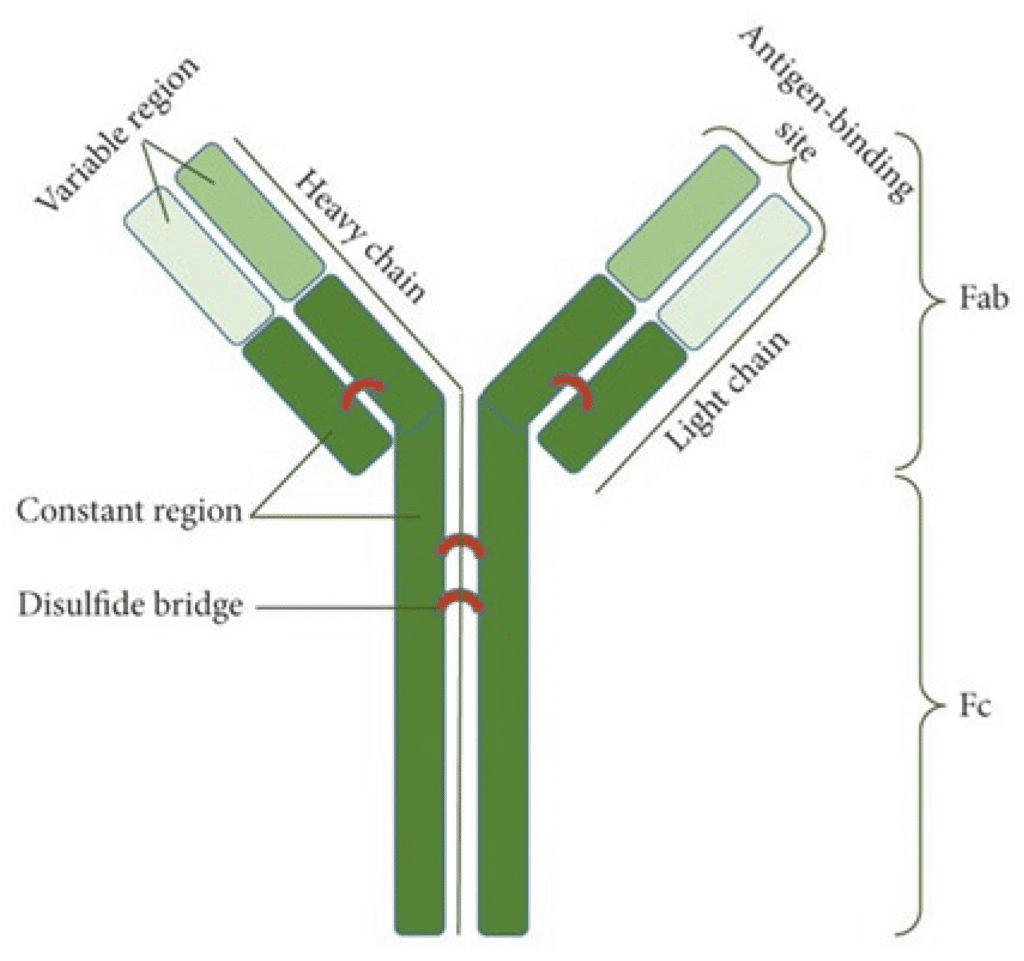
Types of Immunity: Building Your Biological Resume
Active Immunity
Active immunity is like learning to ride a bike – once you’ve got it, you never forget.
Natural Active Immunity
- Develops after recovering from infection
- Body produces its own antibodies and memory cells
- Usually provides lifelong protection
- Examples: measles, chickenpox
Artificial Active Immunity (Vaccination)
- Controlled exposure to harmless form of pathogen
- Body develops immunity without getting sick
- May require booster shots
- Examples: MMR vaccine, polio vaccine
Passive Immunity
Passive immunity is like borrowing someone else’s bicycle – temporary but immediately useful.
Natural Passive Immunity
- Antibodies passed from mother to baby
- Through placenta during pregnancy
- Through breast milk after birth
- Temporary protection (few months)
Artificial Passive Immunity
- Injection of pre-formed antibodies
- Immediate but temporary protection
- Used in emergencies
- Examples: tetanus antitoxin, snake antivenom
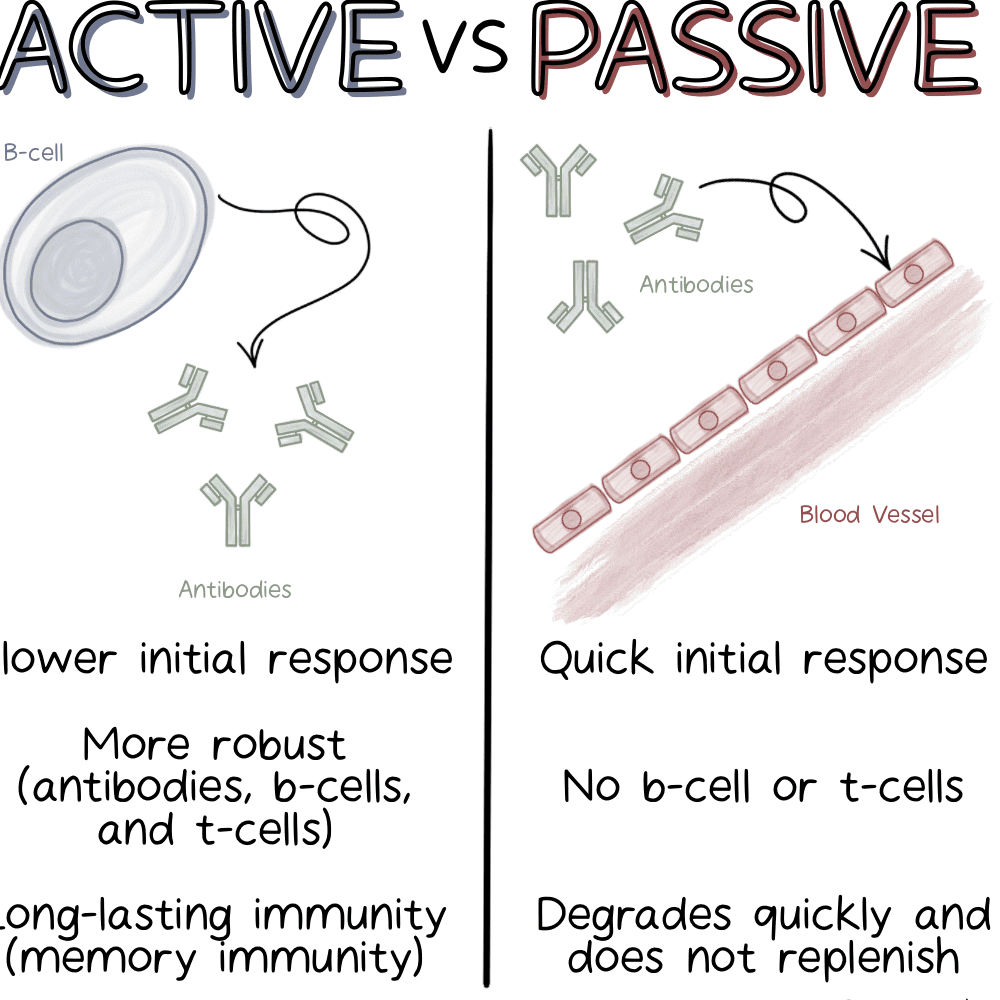
Vaccination: Training Your Immune Army
Vaccination is like conducting military drills during peacetime – you train your immune system to recognize and defeat enemies before the real battle begins.
How Vaccines Work
- Introduction: Harmless form of pathogen introduced
- Recognition: Immune system identifies it as foreign
- Response: B and T cells activated
- Memory Formation: Memory cells created
- Future Protection: Rapid response if real pathogen encountered
Types of Vaccines
Live Attenuated Vaccines
- Weakened but living pathogens
- Strong, long-lasting immunity
- Examples: MMR, oral polio vaccine
- Cannot be given to immunocompromised individuals
Inactivated Vaccines
- Killed pathogens
- Safe for immunocompromised individuals
- May require multiple doses
- Examples: injectable polio vaccine, hepatitis A
Subunit Vaccines
- Contains only specific parts of pathogen
- Very safe
- May need boosters
- Examples: hepatitis B, HPV vaccine
Toxoid Vaccines
- Inactivated toxins from bacteria
- Protects against bacterial toxins
- Examples: tetanus, diphtheria vaccines
Herd Immunity: Community Protection
Herd immunity occurs when enough people in a community are immune to prevent disease spread. It’s like creating a protective bubble around vulnerable individuals who cannot be vaccinated.
Critical vaccination threshold: Usually 85-95% of population needs immunity
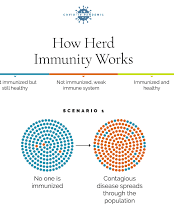
Common Diseases Case Studie
Malaria: The Mosquito-Borne Menace
Pathogen: Plasmodium species (protist)
Vector: Female Anopheles mosquito
Transmission: Vector-borne
Life Cycle:
- Infected mosquito bites human
- Parasites travel to liver
- Parasites multiply in liver cells
- Released into bloodstream
- Infect red blood cells
- Mosquito picks up parasites when biting infected person
Symptoms: Fever, chills, sweating, fatigue
Prevention: Mosquito nets, insect repellent, antimalarial drugs
Treatment: Antimalarial medications
HIV/AIDS: The Immune System Attacker
Pathogen: Human Immunodeficiency Virus
Transmission: Sexual contact, blood contact, mother to child
How HIV Works:
- Virus targets helper T cells
- Integrates into host cell DNA
- Uses cell machinery to reproduce
- Destroys helper T cells
- Immune system becomes compromised
- Opportunistic infections occur (AIDS)
Prevention: Safe sex practices, sterile needles, screening blood donations
Treatment: Antiretroviral therapy (ART)
Tuberculosis: The Ancient Enemy
Pathogen: Mycobacterium tuberculosis
Transmission: Airborne droplets
Characteristics:
- Primarily affects lungs
- Can remain dormant for years
- More common in crowded, poor conditions
- Drug-resistant strains emerging
Symptoms: Persistent cough, weight loss, night sweats, chest pain
Prevention: BCG vaccination, good ventilation, isolation of active cases
Treatment: Long-term antibiotic therapy (6-9 months)
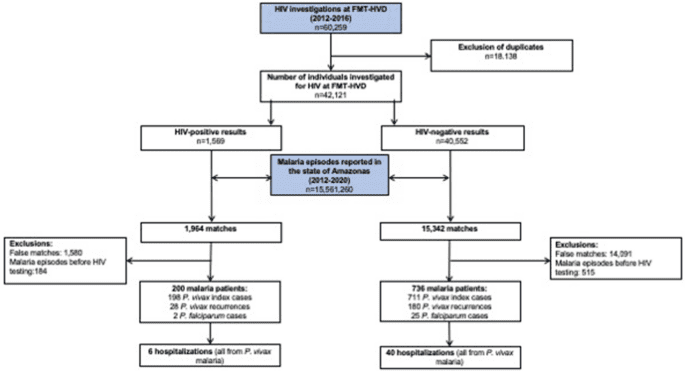
Laboratory Techniques in Disease Study
Culturing Microorganisms
Scientists grow microorganisms in laboratories to study them. It’s like setting up a microscopic zoo with controlled conditions.
Sterile Technique Requirements:
- Sterilized equipment and media
- Aseptic handling procedures
- Controlled environment
- Proper disposal of cultures
Culture Media:
- Nutrient agar: General purpose medium
- Blood agar: For fastidious bacteria
- Selective media: Allows only certain organisms to grow
- Differential media: Distinguishes between organism types
Antibiotic Testing
Disc Diffusion Method:
- Spread bacteria on agar plate
- Place antibiotic discs on surface
- Incubate at appropriate temperature
- Measure zones of inhibition
- Determine antibiotic effectiveness
Results Interpretation:
- Large clear zone = effective antibiotic
- Small or no zone = resistant bacteria
- Important for choosing treatment
Antibiotics: The Bacterial Fighters
How Antibiotics Work
Antibiotics are like specialized weapons designed to target bacteria without harming human cells.
Mechanisms of Action:
- Cell wall disruption: Penicillin prevents cell wall formation
- Protein synthesis inhibition: Streptomycin blocks ribosome function
- DNA replication interference: Quinolones prevent DNA copying
- Metabolic pathway disruption: Sulfonamides block essential processes
Antibiotic Resistance: The Growing Problem
Antibiotic resistance occurs when bacteria evolve to survive antibiotic treatment.
How Resistance Develops:
- Random mutations occur in bacteria
- Some mutations provide antibiotic resistance
- Resistant bacteria survive treatment
- Resistant bacteria reproduce
- Resistance spreads through population
Preventing Antibiotic Resistance:
- Complete full course of antibiotics
- Don’t share antibiotics
- Don’t use antibiotics for viral infections
- Proper hygiene to prevent infections
- Responsible prescribing by doctors
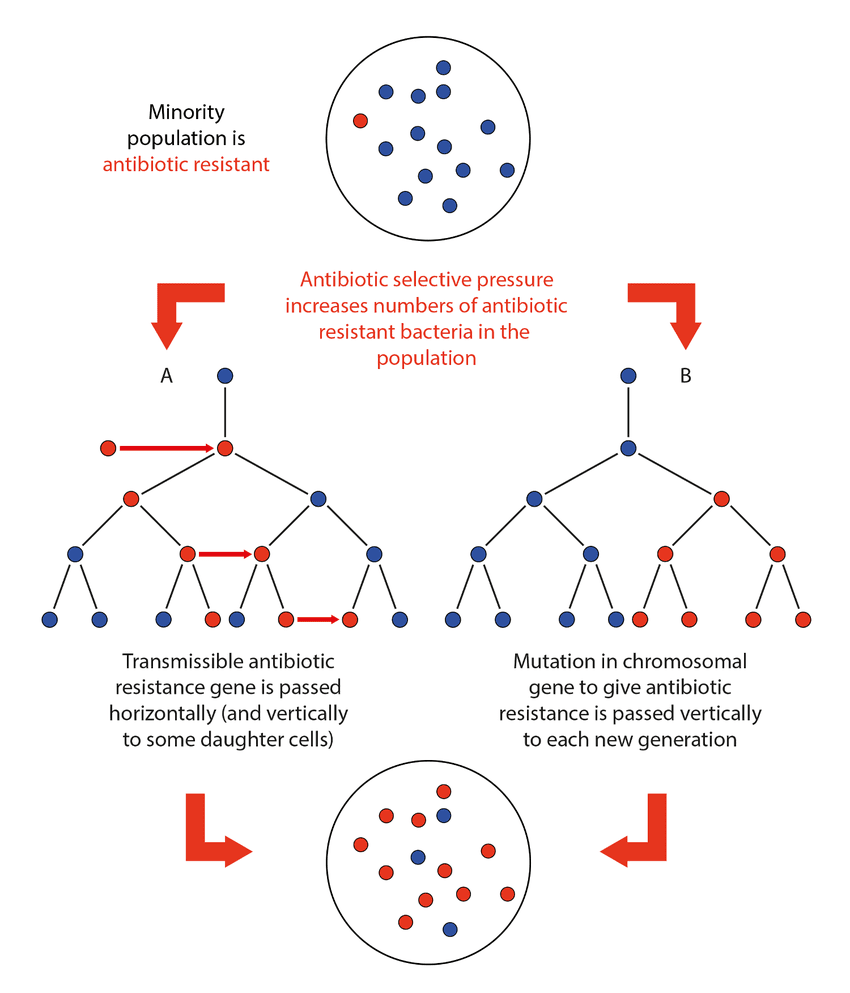
Memory Tips and Mnemonics
Remembering Pathogen Types:
“Big Viruses Fight Persistently”
- Bacteria
- Viruses
- Fungi
- Protists
White Blood Cell Functions:
“Never Make Lunch”
- Neutrophils: First responders
- Macrophages: Big eaters
- Lymphocytes: Specific immunity
Antibody Functions:
“Never Argue Over Cookies”
- Neutralization
- Agglutination
- Opsonization
- Complement activation
Quick Revision Notes
Key Definitions Box
Pathogen: Disease-causing microorganism
Antigen: Foreign substance that triggers immune response
Antibody: Y-shaped protein that binds to specific antigens
Phagocytosis: Process of engulfing and destroying pathogens
Immunity: Resistance to specific diseases
Vaccination: Artificial introduction of antigens to develop immunity
Vector: Organism that carries pathogens between hosts
Herd Immunity: Community protection when most people are immune
Important Equations and Processes
Phagocytosis Process:
Recognition → Engulfment → Phagosome Formation → Lysosome Fusion → Digestion → Elimination
Antibody Production:
Antigen Recognition → B Cell Activation → Clonal Selection → Plasma Cell Formation → Antibody Secretion
Disease Transmission Rate:
Basic reproduction number (R₀) = (transmission rate × contact rate × infectious period) / recovery rate
Common Exam Questions and How to Answer Them
Question 1: “Explain the difference between active and passive immunity.” (6 marks)
Model Answer Structure:
- Define both types
- Give examples of each
- Compare onset time and duration
- Mention memory cell involvement
- Include natural and artificial forms
Question 2: “Describe how antibodies help protect the body against disease.” (4 marks)
Key Points to Include:
- Specific binding to antigens
- Neutralization of pathogens
- Marking pathogens for destruction
- Preventing pathogen attachment to cells
Question 3: “Explain why antibiotics are ineffective against viral infections.” (3 marks)
Answer Framework:
- Antibiotics target bacterial structures/processes
- Viruses lack these target structures
- Viruses use host cell machinery
- Examples of targeted bacterial processes
Common Mistakes to Avoid
Conceptual Errors
- Confusing bacteria and viruses
- Remember: bacteria are living cells, viruses are not
- Antibiotics work on bacteria only
- Mixing up active and passive immunity
- Active = body makes its own antibodies
- Passive = receives ready-made antibodies
- Forgetting vector vs. pathogen
- Vector carries the disease (mosquito)
- Pathogen causes the disease (malaria parasite)
Exam Technique Mistakes
- Not reading questions carefully
- “Describe” vs. “Explain” require different approaches
- Check mark allocations
- Insufficient detail in longer answers
- Use scientific terminology
- Give specific examples
- Show understanding of processes
- Poor diagram labeling
- Use clear, precise labels
- Draw neat, proportioned diagrams
- Include all required structures
Real-World Applications and Current Research
COVID-19: A Modern Case Study
The COVID-19 pandemic provides excellent real-world examples of disease and immunity concepts:
Pathogen Characteristics:
- SARS-CoV-2 virus
- RNA virus with high mutation rate
- Spike protein binds to ACE2 receptors
Transmission Methods:
- Primarily airborne droplets
- Surface contamination possible
- Asymptomatic transmission
Immune Response:
- Both antibody and T-cell responses important
- Memory cells provide lasting protection
- Variants can partially evade immunity
Vaccination Strategies:
- mRNA vaccines (new technology)
- Viral vector vaccines
- Booster shots for variants
Emerging Antibiotic Resistance
Current research focuses on:
- New antibiotic discovery
- Combination therapies
- Bacteriophage therapy
- Immunotherapy approaches
Looking Forward: Your Next Steps
Congratulations! You’ve now mastered one of the most fascinating and relevant topics in IGCSE Biology. Understanding diseases and immunity doesn’t just help you pass exams – it makes you a more informed global citizen who can make better health decisions and understand public health policies.
Beyond IGCSE
This foundation in immunology prepares you for:
- A-Level Biology (more detailed molecular mechanisms)
- Medicine and healthcare careers
- Biomedical research
- Public health and epidemiology
- Biotechnology and vaccine development
Final Encouragement
Remember, every expert was once a beginner. The immune system is incredibly complex, and understanding it takes time and practice. Be patient with yourself, ask questions when you don’t understand something, and celebrate your progress along the way.
Your body is performing these incredible biological processes every moment of every day. By understanding them, you’re not just learning for an exam – you’re gaining insight into the remarkable biological machine that is you.
Keep studying, stay curious, and remember that science is all around us, working tirelessly to keep us healthy and alive. Good luck with your exams – you’ve got this!
Recommended –

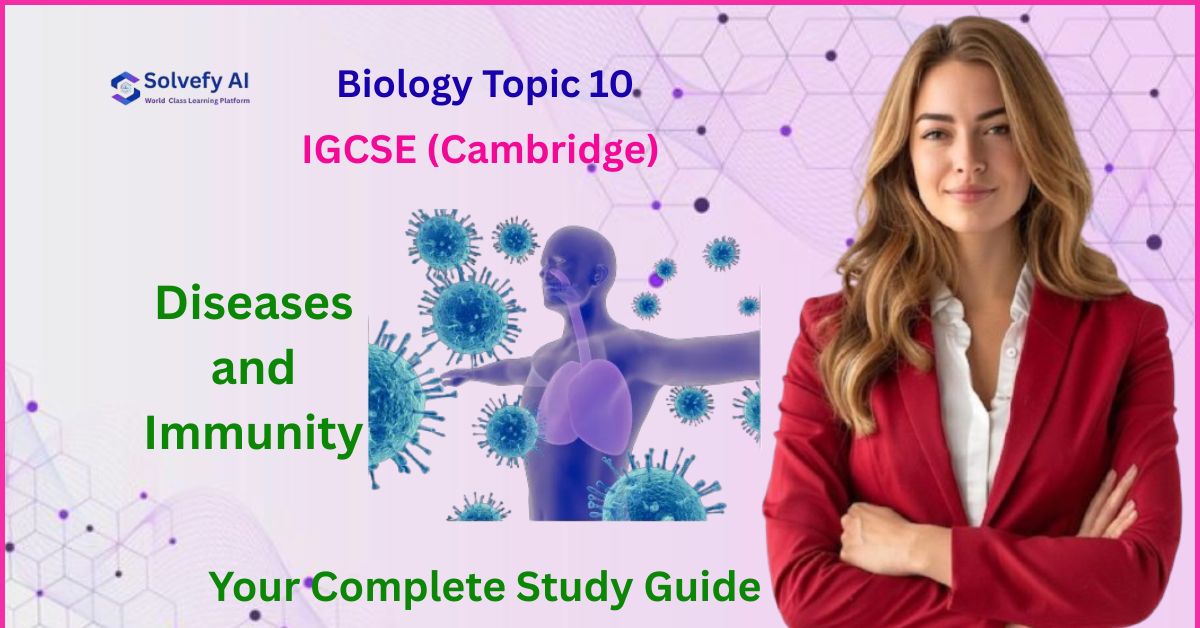
1 thought on “Diseases and Immunity | IGCSE Biology Topic 10 Complete Guide”